University Museum: Cultural History Collections
Cultural history collections
The cultural history collections consist of material from the disciplines of archaeology, numismatics, art history, ethnography and recent cultural history.
The oldest parts of the collections contain objects from Johan Ernst Gunnerus’ collections from the 18th century. Since then, the collections have amassed diverse and unique cultural history materials. Current acquisitions to the collections are within the disciplines of archaeology and numismatics, in accordance with the museum’s management of government ownership of protected objects/movable cultural heritage. Moreover, we safeguard other collections as part of our historical heritage as a scientific institution.
Archaeology collection (1.6 million objects)
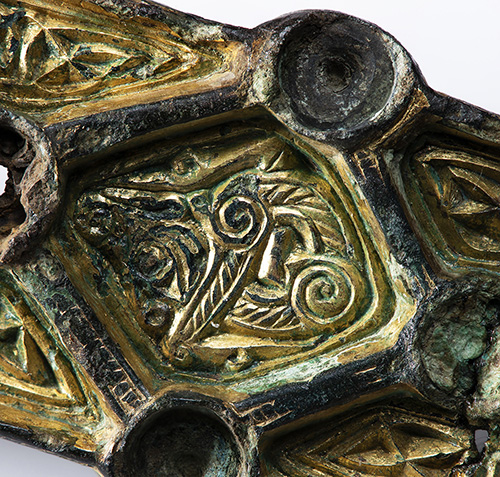 The Archaeology collection consist of finds of human-made artefacts from the Stone Age to recent times, also including marine finds from lakes and the ocean. The collection has a high annual growth rate and research activity and is the primary collection in the Museum’s Cultural History collections. The collection is built through the systematic collecting of archaeological material from the counties of Møre and Romsdal, Trøndelag and Nordland that began in the mid-19th century.
The Archaeology collection consist of finds of human-made artefacts from the Stone Age to recent times, also including marine finds from lakes and the ocean. The collection has a high annual growth rate and research activity and is the primary collection in the Museum’s Cultural History collections. The collection is built through the systematic collecting of archaeological material from the counties of Møre and Romsdal, Trøndelag and Nordland that began in the mid-19th century.
The collection contains unique source material for elucidation of for instance the earliest settlement of Norway during the Early Stone Age; the development of agricultural societies from the Neolithic to the Middle Ages; rock art; the development of religion and death rituals in prehistoric times and the medieval period; Sámi culture and way of life; and, the urban development of Nidaros (Trondheim) in the Middle Ages. At present, acquisitions to the collection are from both archaeological excavations and private stray finds.
Curator of the Stone Age and Bronze Age collections: Associate professor Birgitte Skar
Curator of the Iron Age and Viking Age collections: Associate professor Birgit Maixner
Curator of the human and animal osteological collections: Associate professor Birgitte Skar
Numismatic collection (46,500 objects)
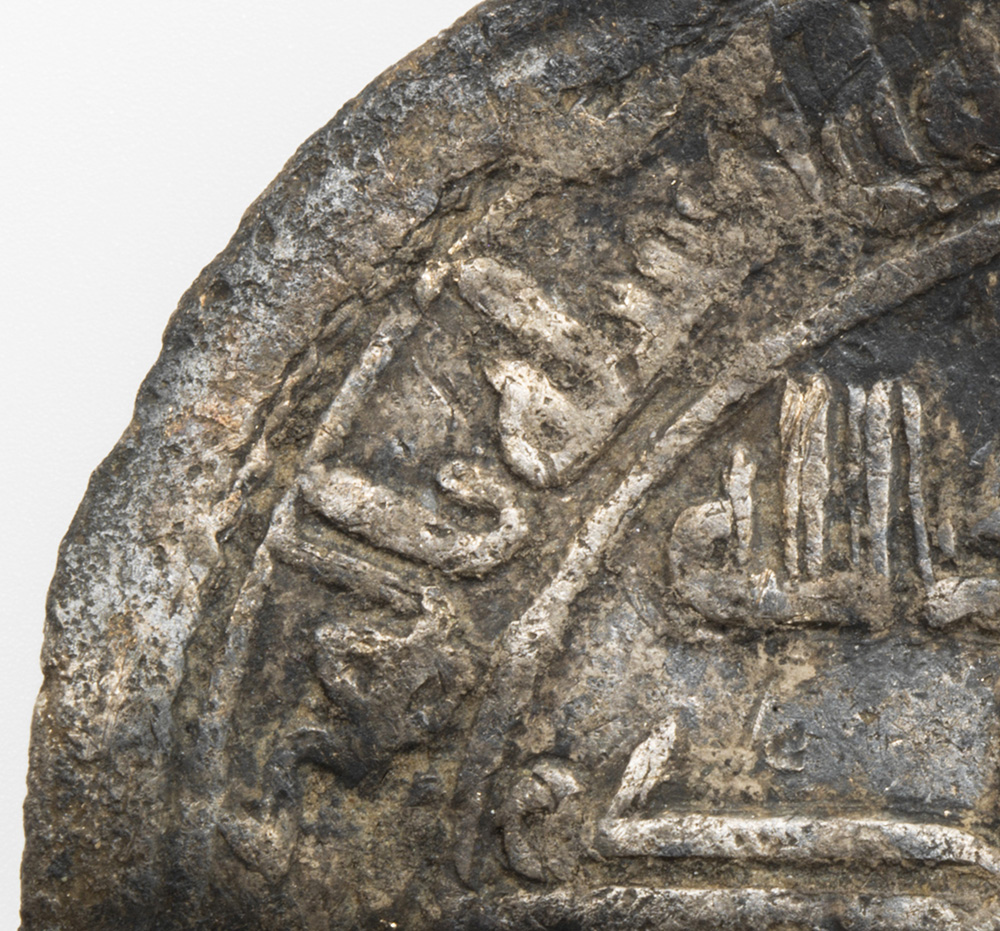 The Numismatic collection consists of coins, medals and notes with a non-archaeological provenance and from archaeological contexts. The collection has its origins in Conrad Nicolai Schwach’s (1793 – 1860) coin collection, which he sold to The Royal Norwegian Society of Science and Letters (DKNVS) sometime between 1832 and 1840. Subsequently, the collection has grown through purchases, gifts and archaeological finds. The coin collection comprises among other things coins from archaeological excavations in the city of Trondheim and several churches, in addition to Arne E. Holm’s collection of classical and byzantine coins. The collection provides unique perspectives on economic, political, social and religious matters, especially from the Iron Age to the early Post-Reformation period. Today, acquisitions to the collection stem from archaeological excavations, metal-detector finds and mandated deposits of coin copies from the Bank of Norway.
The Numismatic collection consists of coins, medals and notes with a non-archaeological provenance and from archaeological contexts. The collection has its origins in Conrad Nicolai Schwach’s (1793 – 1860) coin collection, which he sold to The Royal Norwegian Society of Science and Letters (DKNVS) sometime between 1832 and 1840. Subsequently, the collection has grown through purchases, gifts and archaeological finds. The coin collection comprises among other things coins from archaeological excavations in the city of Trondheim and several churches, in addition to Arne E. Holm’s collection of classical and byzantine coins. The collection provides unique perspectives on economic, political, social and religious matters, especially from the Iron Age to the early Post-Reformation period. Today, acquisitions to the collection stem from archaeological excavations, metal-detector finds and mandated deposits of coin copies from the Bank of Norway.
Curator of the Numismatic collection: Associate professor Jon Anders Risvaag
Art History collection (1,100 objects)
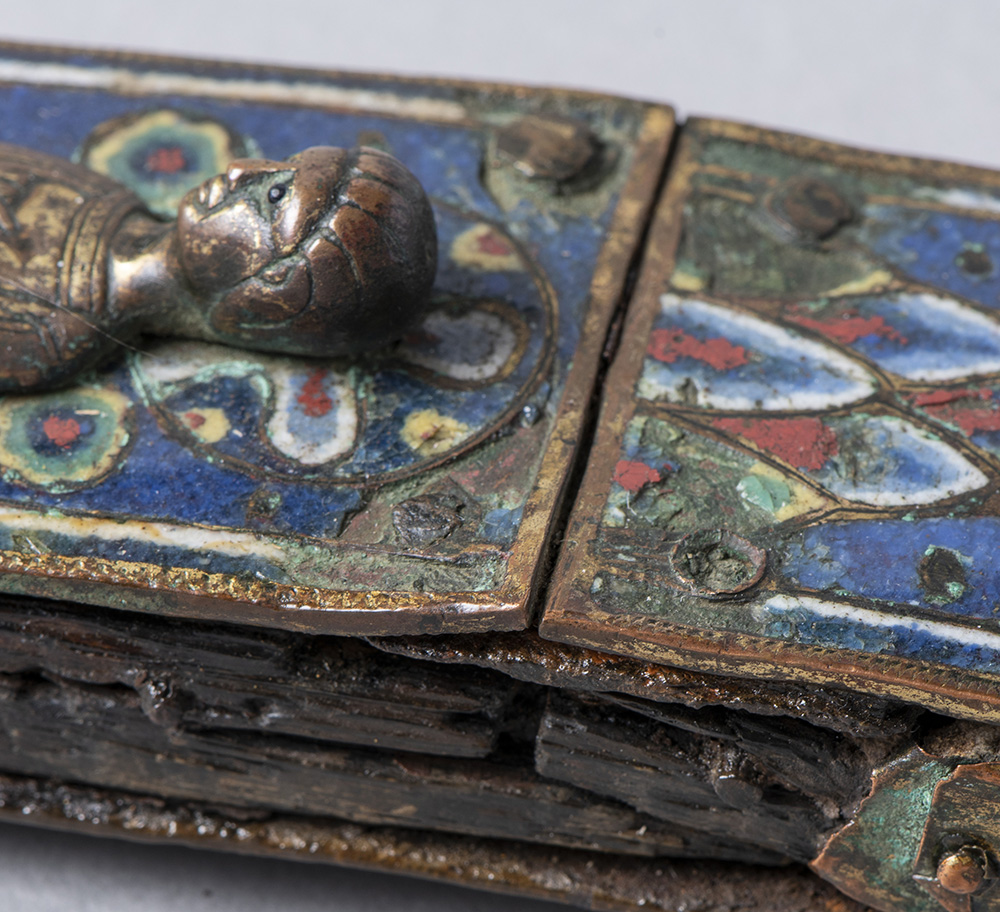 The Museum’s Art history collection comprises the collections of ecclesiastical art and the collection of paintings and pictures.
The Museum’s Art history collection comprises the collections of ecclesiastical art and the collection of paintings and pictures.
The collection of ecclesiastical art (600 objects) comprises art, building elements, fixtures and fittings from medieval and post-reformation churches in Norway. The objects in the collection were acquired mostly during the 19th century, when many churches underwent demolition, restoration and replacement of liturgical furnishings. Currently, the collection is closed for new acquisitions, but it is a primary source of unique material that elucidates the development of ecclesiastical art and church furnishings from the medieval period to recent times. The collection has significant art historical and cultural historical value, especially its polychrome wooden sculptures, ecclesiastical paintings and building elements from older stave churches. The Cultural Heritage Act stipulates that objects from the medieval period are protected movable cultural heritage.
The collection of paintings and pictures (500 objects) consists Post-Reformation works of art and photographs, acquired through earlier gifts and purchases, mainly portraits and landscape images. This collection also includes works of art that belong to the Trondheim Historical Society. The collection is closed for new acquisitions but is maintained as a part of the Museum’s and collection’s historical heritage.
Curator of the collection of ecclesiastical art: Associate professor Birgit Maixner
Curator of the collection of paintings and pictures: Head Engineer Grete Irene Solvold
Ethnography collections (1,800 objects)
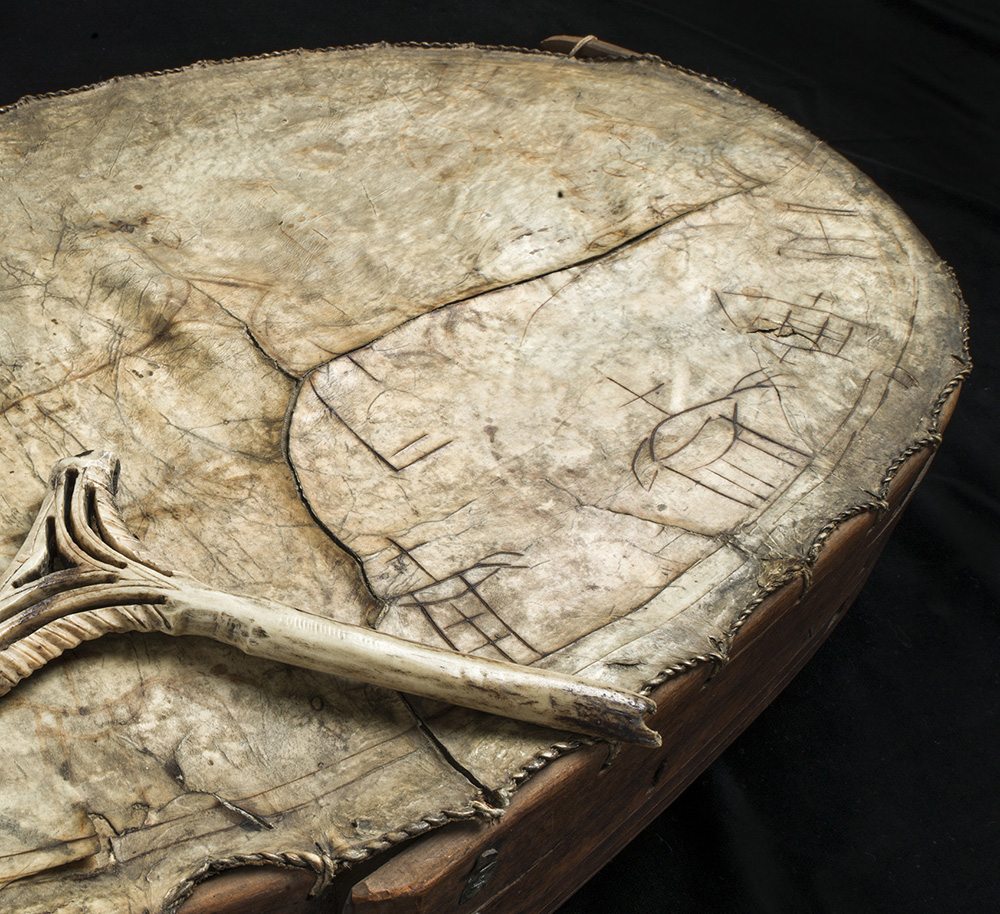 The Ethnography collections contain both ethnographic objects and foreign archaeological material. The collection stems from different donors and expeditions and was first described in a comprehensive catalogue in 1950. The collection can be roughly divided into a collection of Sámi, Greenlandic and Arctic ethnographic material, and a general collection of objects from other parts of the world. Particularly important is the collection of Sámi objects, which represent a unique record of Northern Sámi, South-Sámi and Lulesámi cultures. Some of this material is protected movable cultural heritage in accordance with the Cultural Heritage Act. Apart from this, the ethnographic collections are closed for new acquisitions and are maintained as part of the Museum’s historical heritage.
The Ethnography collections contain both ethnographic objects and foreign archaeological material. The collection stems from different donors and expeditions and was first described in a comprehensive catalogue in 1950. The collection can be roughly divided into a collection of Sámi, Greenlandic and Arctic ethnographic material, and a general collection of objects from other parts of the world. Particularly important is the collection of Sámi objects, which represent a unique record of Northern Sámi, South-Sámi and Lulesámi cultures. Some of this material is protected movable cultural heritage in accordance with the Cultural Heritage Act. Apart from this, the ethnographic collections are closed for new acquisitions and are maintained as part of the Museum’s historical heritage.
Curator of the Ethnography collections: Associate professor Birgitte Skar
Curators
Questions about specific sub-collections should be addressed to the curators listed under each sub-collection.
Want to study our material?
Recent Cultural History collections (2,500 objects)
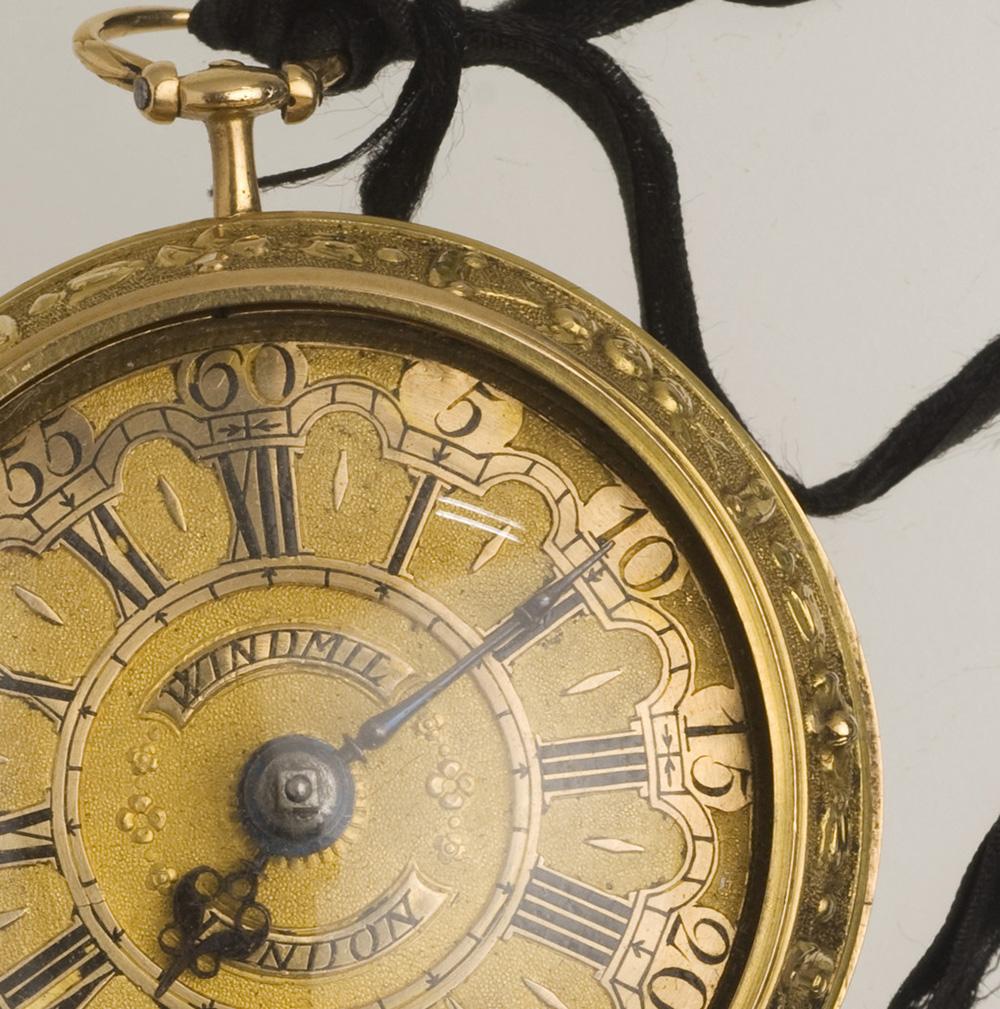 The Recent Cultural History collection comprises objects from urban and rural areas after the Reformation, including furniture, weapons, folk art, uniforms and farm antiques accumulated over the Museum’s history as a scientific institution. The material comprises special collections donated to the Museum by various donors, such as Johan Ernst Gunnerus and Christopher Blix Hammer.
The Recent Cultural History collection comprises objects from urban and rural areas after the Reformation, including furniture, weapons, folk art, uniforms and farm antiques accumulated over the Museum’s history as a scientific institution. The material comprises special collections donated to the Museum by various donors, such as Johan Ernst Gunnerus and Christopher Blix Hammer.
The collections of folk art have since 1950 mostly been deposited at Sverresborg Trøndelag Folk Museum. The collection of recent cultural history is closed for new acqusitions but is maintained as part of the Museum’s historical heritage.
Curator of the Recent Cultural History collection: Associate professor Jon Anders Risvaag
Cultural History archives
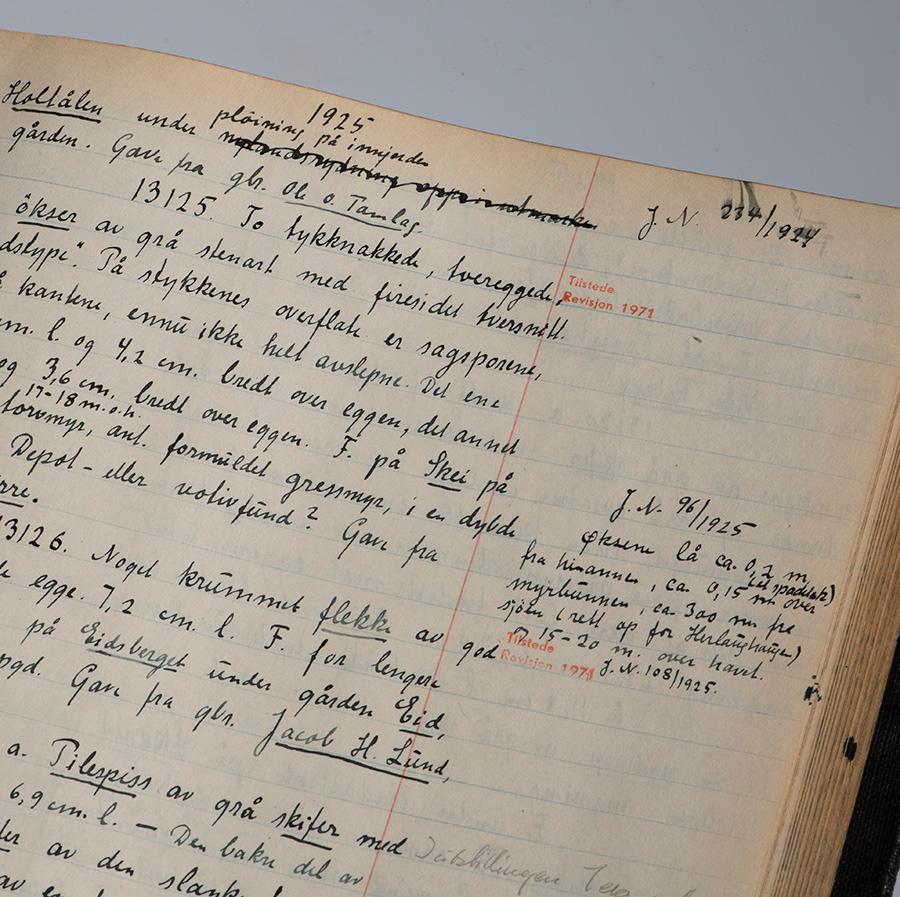 The Cultural History archives contain primary documentation on the objects in the Museum’s cultural history collections, and represent a vital source of information for archaeology and cultural heritage in the Museum’s district. The archives receive and incorporate scientific documentation (reports, drawings, photographs, etc.) produced in association with excavation activities and acquisitions of protected artefacts from the Museum’s district.
The Cultural History archives contain primary documentation on the objects in the Museum’s cultural history collections, and represent a vital source of information for archaeology and cultural heritage in the Museum’s district. The archives receive and incorporate scientific documentation (reports, drawings, photographs, etc.) produced in association with excavation activities and acquisitions of protected artefacts from the Museum’s district.
Curator of the document archive: Head Engineer Ruth Iren Øien
Curator of the photo collection: Head Engineer Grete Irene Solvold